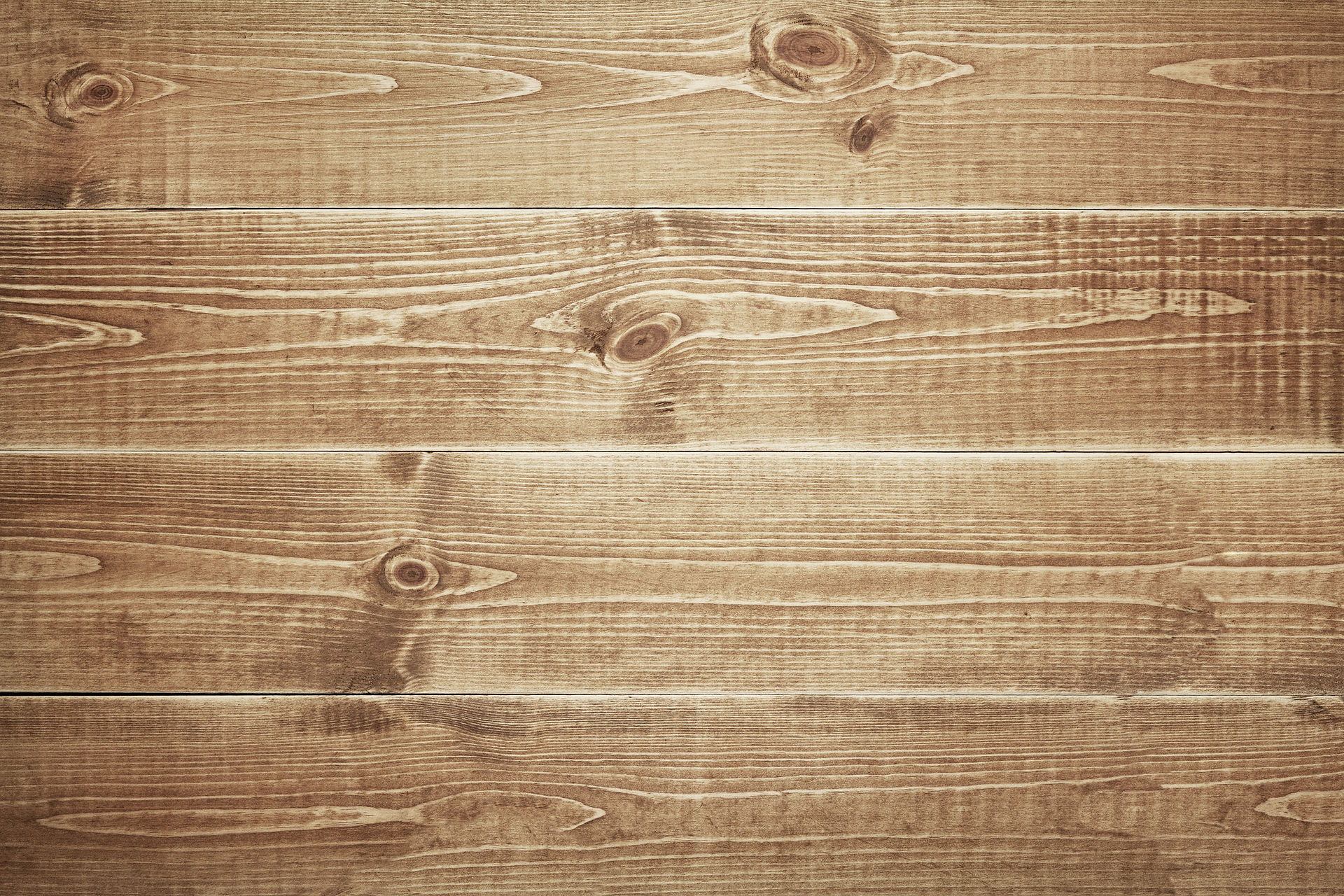

Duchenne muscular dystrophy (DMD) is the most common muscle disease of childhood. One in every 3,500 newborn boys have Duchenne. Very rarely it also affects girls (approximately 1 in 50 million girls). It occurs across all races and cultures. Symptoms of Duchenne usually appear between ages two and five years and may include difficulty: running, jumping, climbing and rising from the floor, frequent falls, enlarged calf muscles, toe walking and delays in language development. The first muscles affected are those around the hips and upper thigh. Weakness gradually progresses to include all the muscles used for movement (skeletal muscles), the muscles used for breathing and the heart. Unlike Cancer, Duchenne Muscular Dystrophy has no suvival rate it is 100% fatal, some boys as young s 10 years old have passed away due to heart complications related to Duchenne. The Heart being a muscle is affected by the muscle degeneration.
Duchenne is caused by a change to a gene which provides the instructions for the production of the protein called 'dystrophin'. This genetic change is often referred to as a ‘mutation’. As a result very little or no dystrophin protein is produced. Dystrophin protein normally protects muscle cells from damage and without it the muscle cells deteriorate and the symptoms of Duchenne muscular dystrophy develop.
The genetic mutation that causes Duchenne is either:
-
passed down through the family (inherited), or
-
caused by a new genetic change that occurs in the child
This new genetic change is known as a ‘spontaneous mutation’ and this happens in more than one third of Duchenne cases. The genetic change occurs very early in development - in the egg that is fertilised at the beginning of a pregnancy. This means that all of the cells in the body contain the mutation.
By about 12 years old, he will likely need a motorised wheelchair. In most cases teen years are when the most significant loss of skeletal muscle strength takes place. It is at this point that activities involving the arms, legs, or trunk of the body will require assistance. Most young men will retain the use of their fingers through this phase so they can generally still write and use a computer. During the teen years, in addition to skeletal muscle problems, young men with Duchenne will often develop heart muscle problems. Heart and respiratory complications become a threat to both health and life.
Young men with Duchenne usually die from heart or respiratory failure by the late 20s. There is currently no cure for Duchenne, However there are many treatments on the horizon that need financial funding this is why fund raising is vital.
For More Information about this Disease go to: